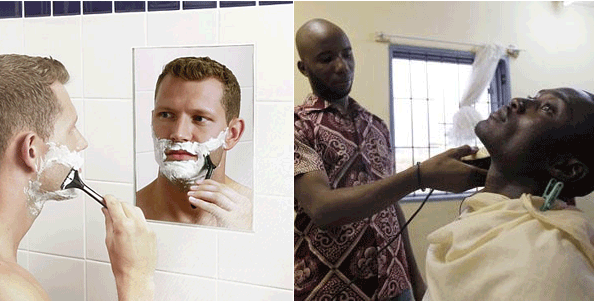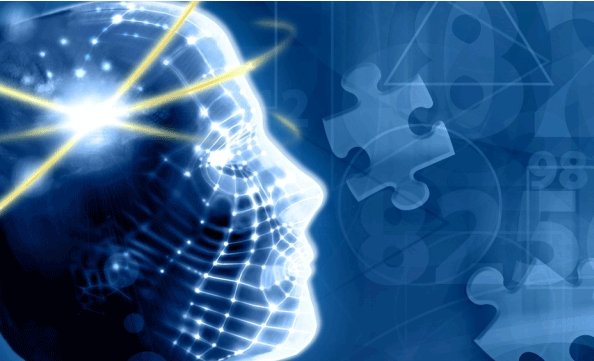|
According to a new study, even doctors fall prey to
common medical misconceptions. Without a medical degree, sorting medical
fact from fiction can be daunting: does reading in the dark actually
hurt your vision? Do we really use only 10 percent of our brains?
|
|
You should drink at least eight glasses of water a
day
The source for this myth may be a 1945 article from the National
Research Council that claims that a "suitable allowance" of water for
adults is 2.5 liters a day, although the last sentence of the article
notes that much of that water is already contained in the food we eat.
Existing studies suggest that that often-omitted fact is key to
understanding water intake. We get enough fluids from our typical daily
consumption of juice, milk and even caffeinated drinks. And drinking too
much water can cause water intoxication, a severe electrolyte imbalance
in which cells swell with excess fluid, and even death. |
|
 |
|
Reading in dim light ruins your eyesight
While this is one myth that parents around the world have loved for
generations, it has very little scientific backing. Reading in the dark
can cause a temporary strain on the eyes, but it rapidly goes away once
you return to bright light. The practice has been blamed for increasing
rates of myopia (nearsightedness), but Carroll says those claims don't
align with the evidence—we're living in the best-lit conditions the
world has ever seen. "Seventy years ago we were reading by candlelight
and weren't going blind," says Carroll. "There's no evidence for this
whatsoever." |
|
 |
|
Shaved hair grows back faster and coarser
Wax, shave or cut—no matter how you choose to remove your hair, you
won't change the texture or speed at which it grows back. Leg hair will,
however, appear coarser right as it starts to grow back. "The hair that
initially grows back is blunt, hasn't had time to taper off, so it might
look darker," says Carroll. But as it gets a bit longer and is exposed
to the sun, it will look exactly like the hair you started with. |
|
 |
|
We use only 10 percent of our brains
The notion that our brains are not running at full speed simply doesn't
hold up. "Numerous types of brain imaging studies show that no area of
the brain is completely silent or inactive. Detailed probing of the
brain has failed to identify the 'nonfunctioning' 90 percent," Carroll
and Rachel Vreeman, an assistant professor of pediatrics at the Indiana
University School of Medicine, write in the British Medical Journal
study. Carroll says the notion may go as far back as the snake-oil
salesmen of the early 20th century, who used the myth to sell a tonic
that would increase brainpower. |
|
 |
|
Humans Have a Lot More Than Five Senses
Different tastes can be detected on all parts of the tongue by taste
buds, with slightly increased sensitivities in different locations
depending on the person, contrary to the popular belief that specific
tastes only correspond to specific mapped sites on the tongue. The
original tongue map was based on a mistranslation of a 1901 German
thesis by Edwin Boring. In addition, there are not 4 but 5 primary
tastes. In addition to bitter, sour, salty, and sweet, humans have taste
receptors for umami, which is a savory or meaty taste. Humans have more
than five senses. Although definitions vary, the actual number ranges
from 9 to more than 20. In addition to sight, smell, taste, touch, and
hearing, which were the senses identified by Aristotle, humans can sense
balance and acceleration (equilibrioception), pain (nociception), body
and limb position (proprioception or kinesthetic sense), and relative
temperature (thermoception).Other senses sometimes identified are the
sense of time, itching, pressure, hunger, thirst, fullness of the
stomach, need to urinate, need to defecate, and blood carbon dioxide
levels. |
|
 |